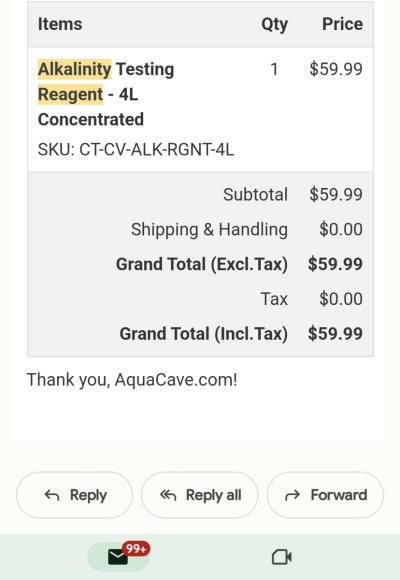I have been testing twice a day for 10 months using the Focustronic reagent. So roughly 300 days. At $110 dollars (currently) for 4 liters. A rough estimate is that there is still roughly 40% (conservative estimate) left so another 120 days worth. At roughly 13 cents per test It is definitely not worth it for me to worry whether a home made formula is done correctly unless one is testing several times a day. Not sure the value of that since two tests, IMO, is enough to give one all the info they need.
Oh… so you’re like the Chevy guy that posts in a Ford thread.























